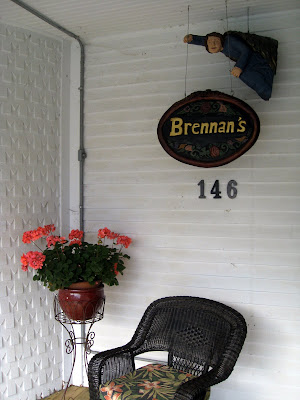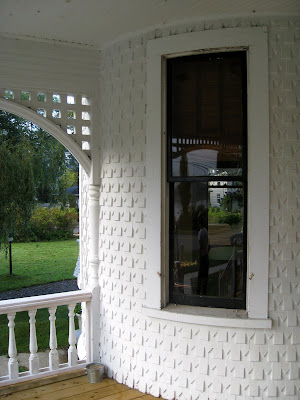Articulation's recent study of the Bay of Fundy coastline has produced a body of work being exhibited across Canada. It is combined with a study of the River Thames by the fiber arts group, Material Girls, based in London, England. ARTICULATED MATERIALS: BRIDGING WATERS had a successful three-exhibition tour of London, UK, in 2012 then returned to Canada for its cross country tour.
The work is currently on the shores of the Bay of Fundy being exhibited in the Saint John Arts Centre, Saint John.
Artist Talks: Nov 14th @ 1pm, Nov 27th @12pm, and Dec 11th @ 12pm.
Exhibition Schedule: Frazee Gallery, Saint John Art Centre, Saint John NB, November 8, 2013 - January 10, 2014







































